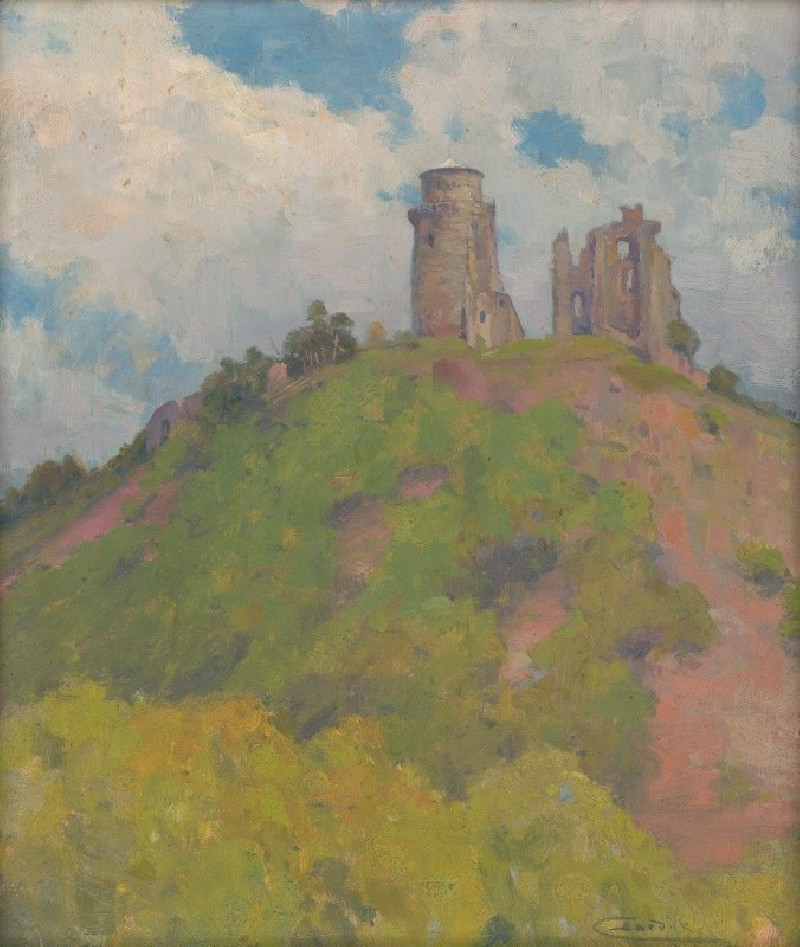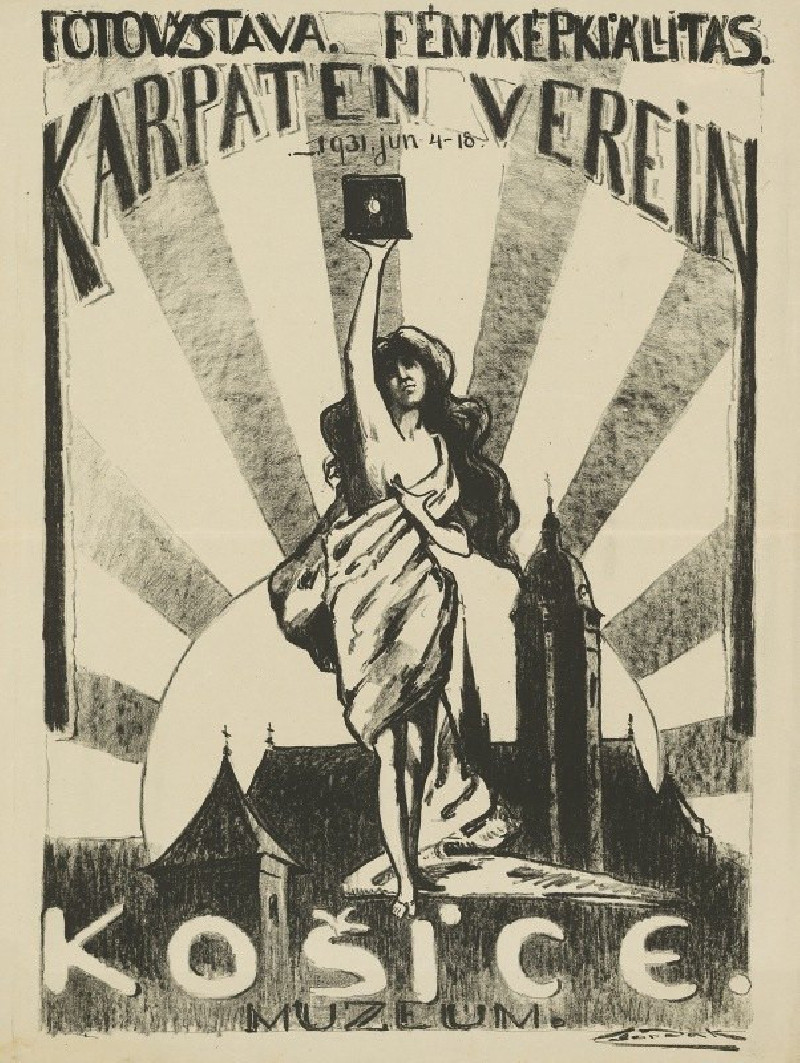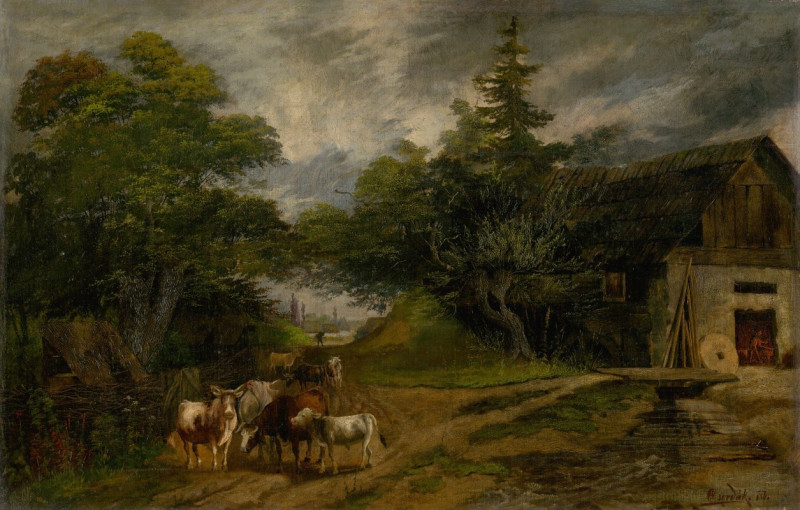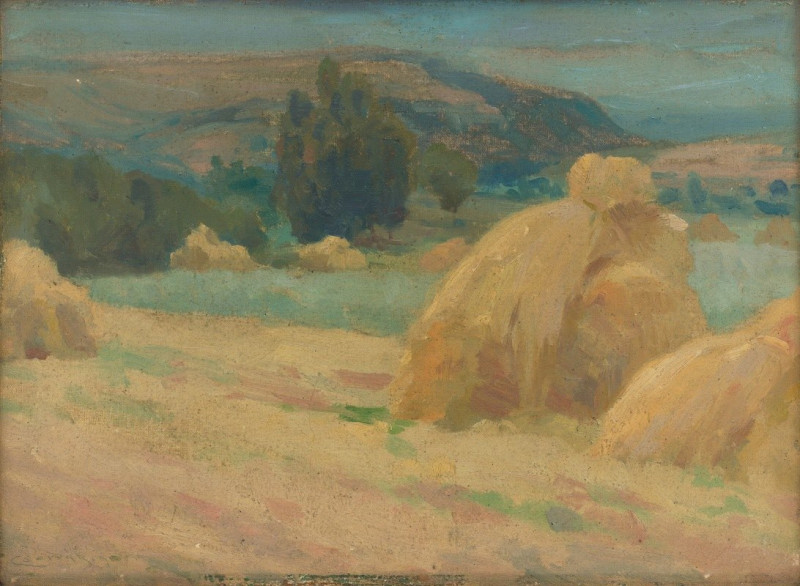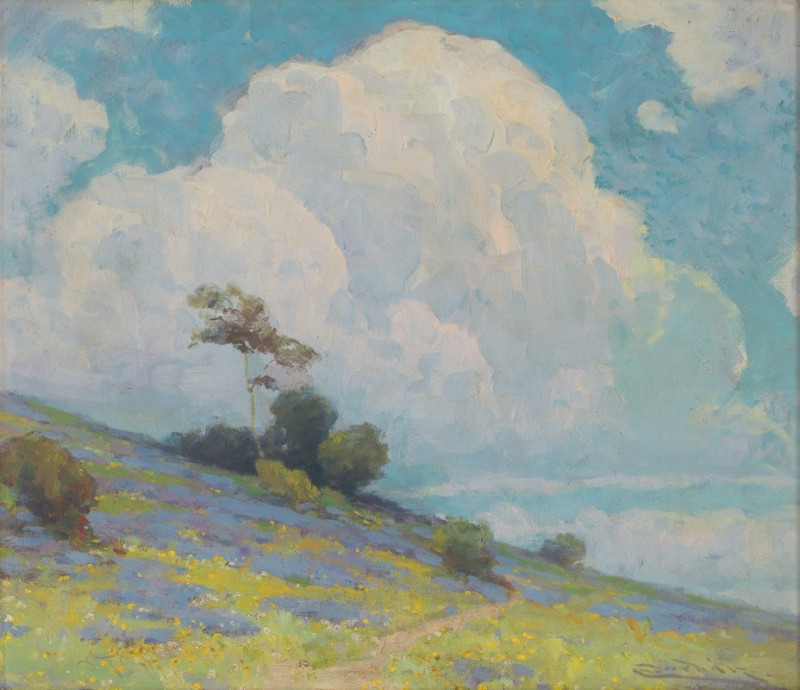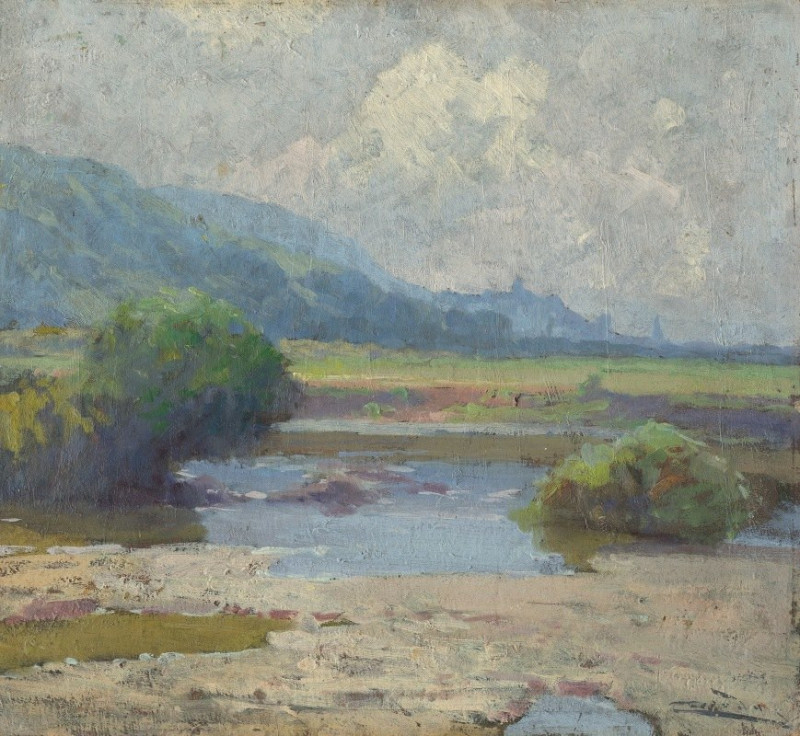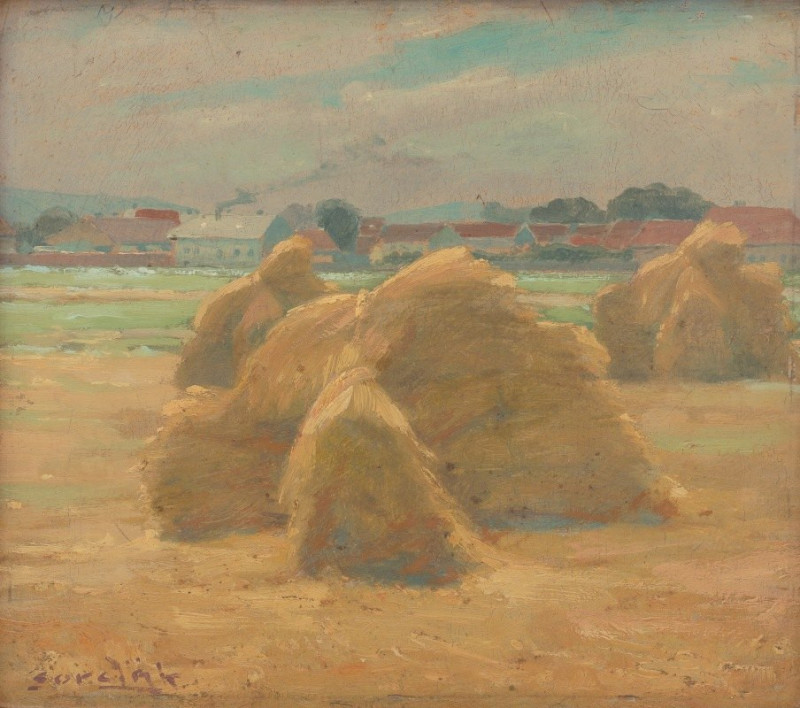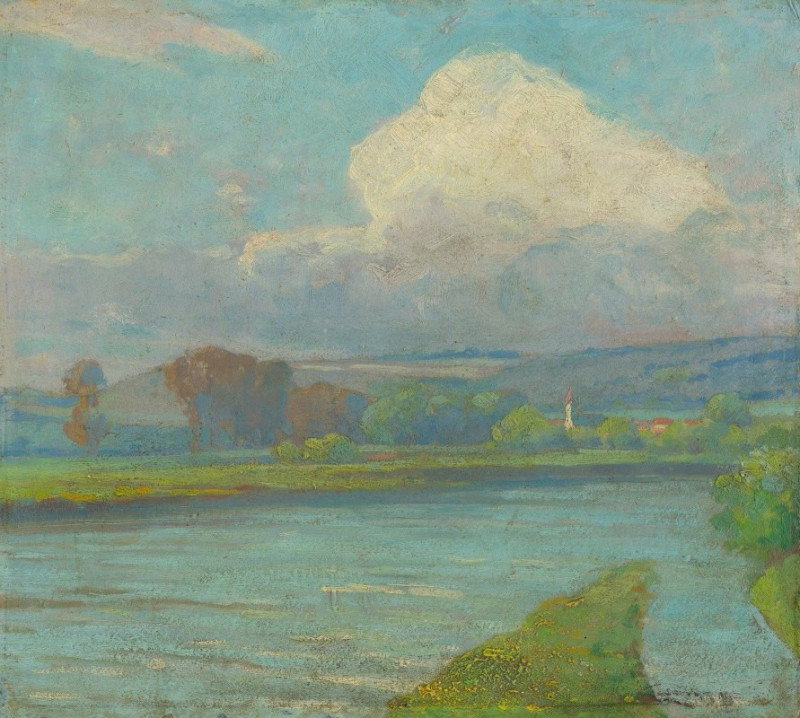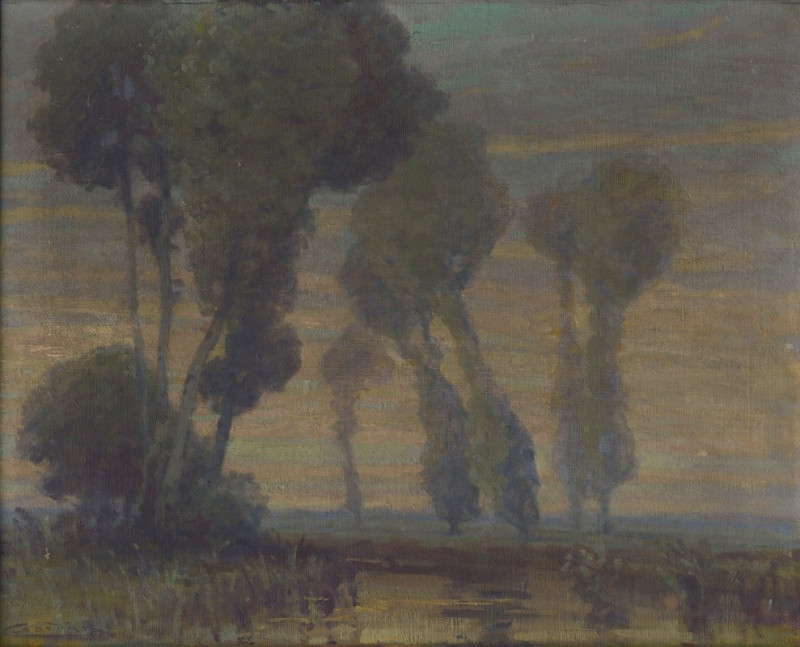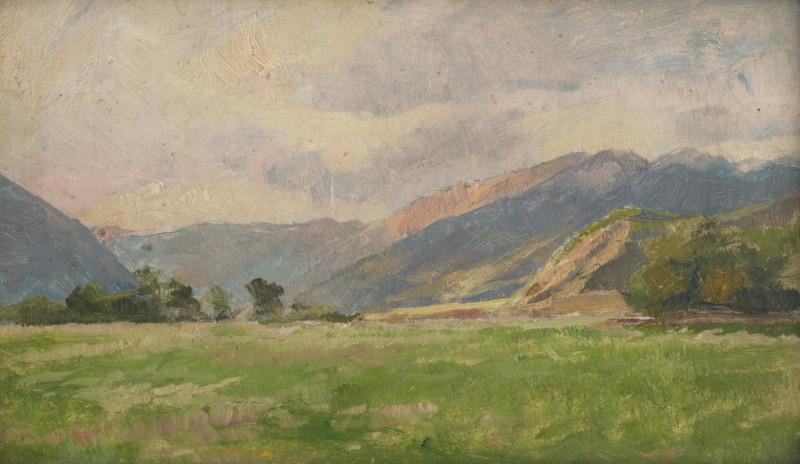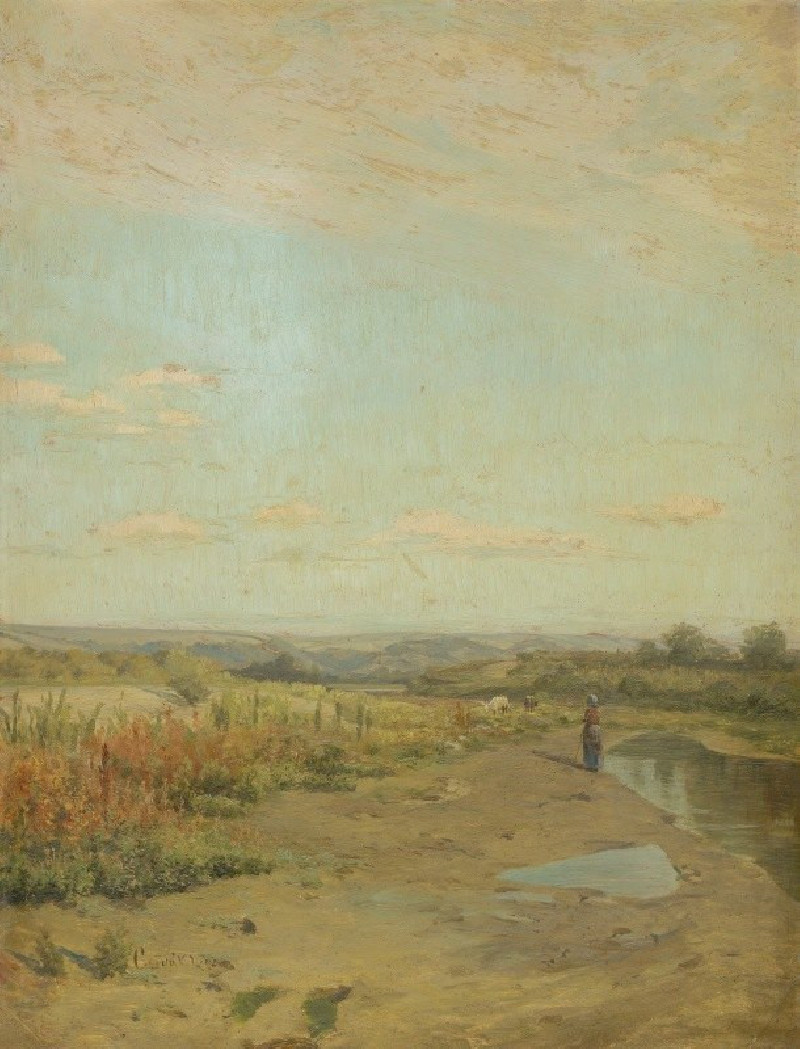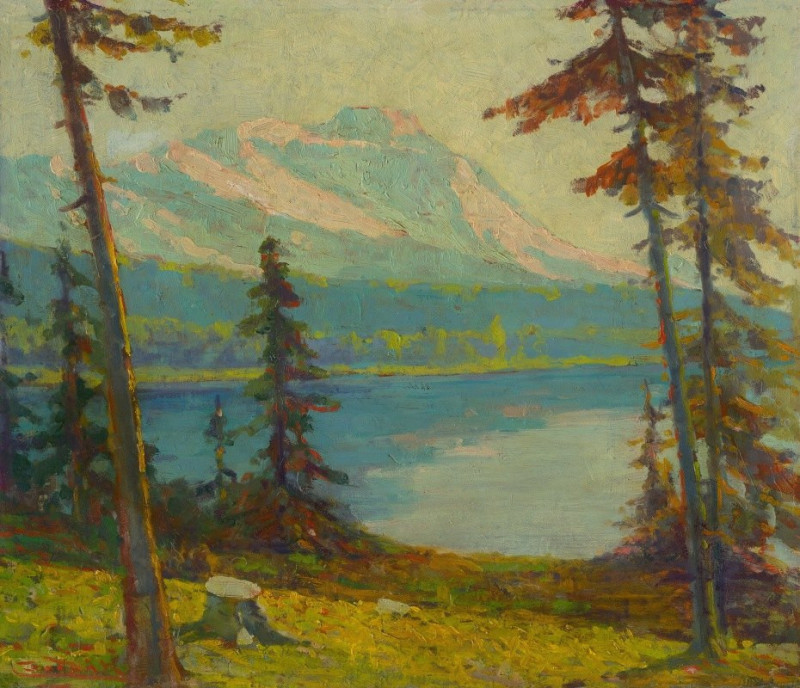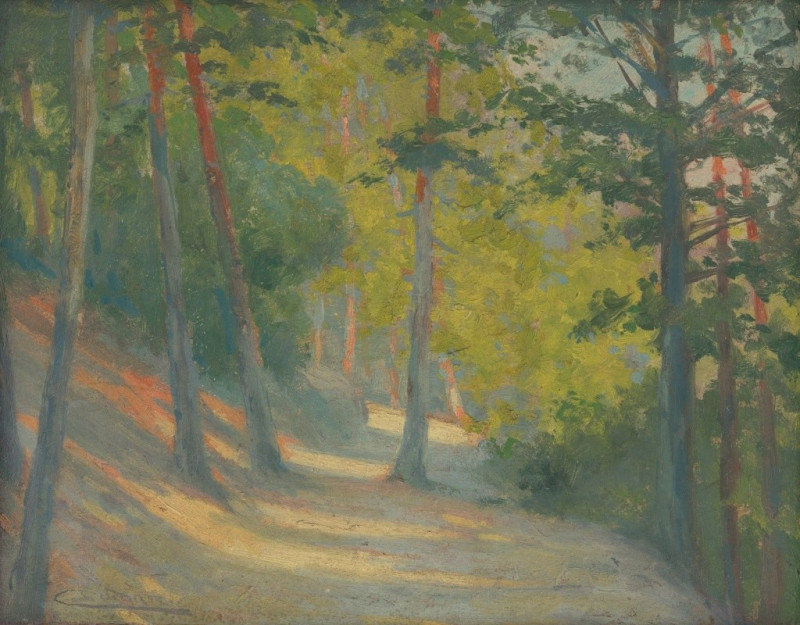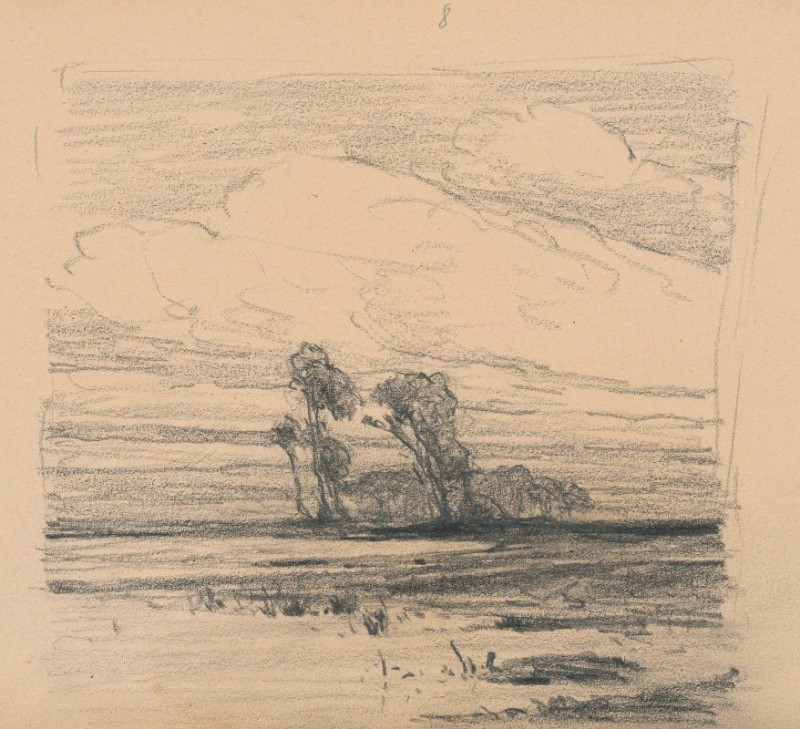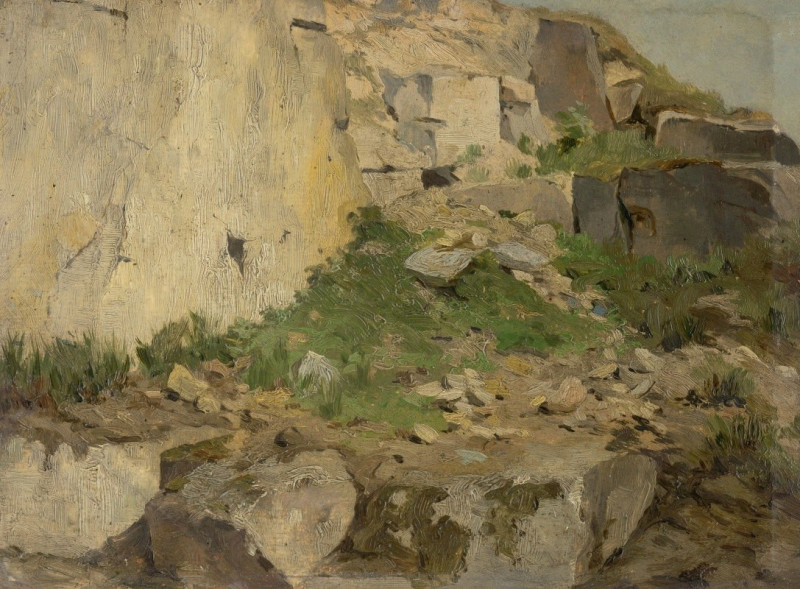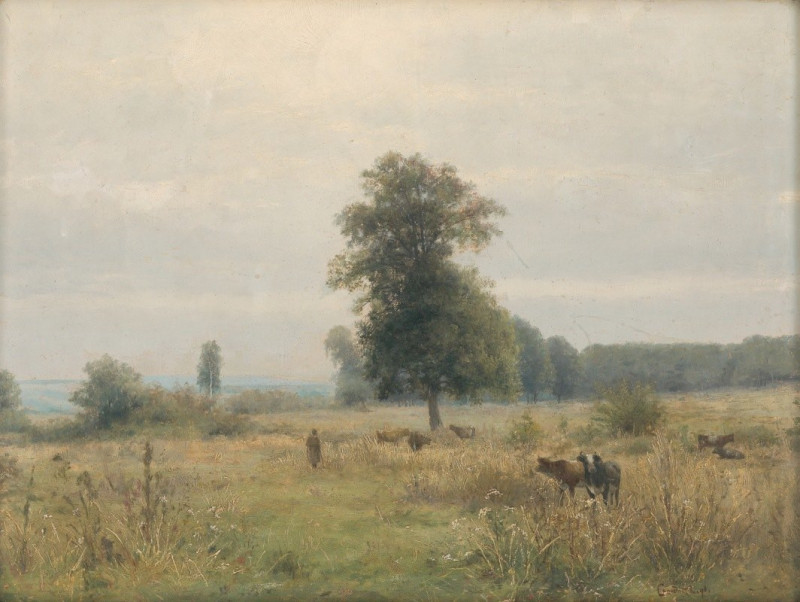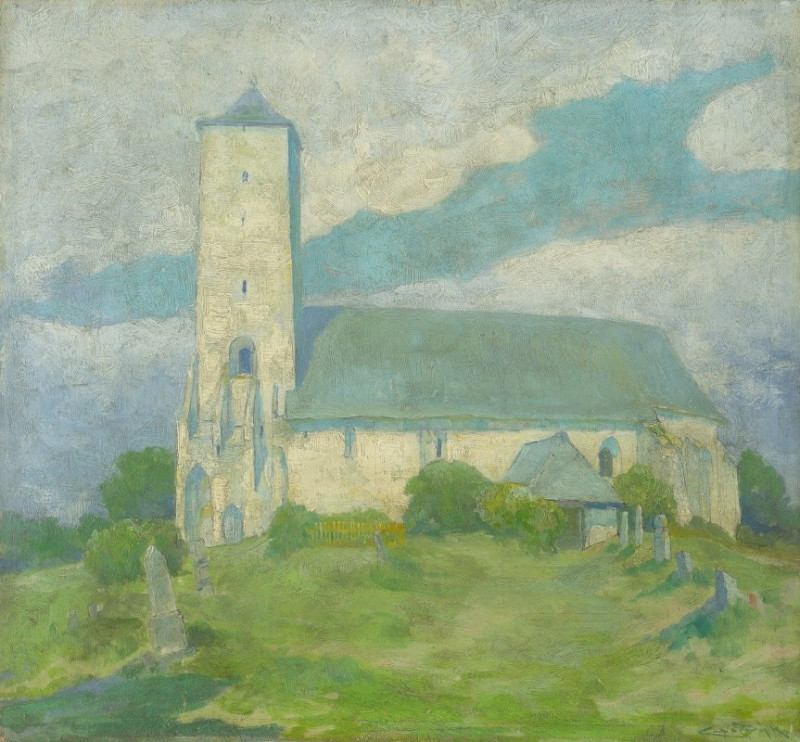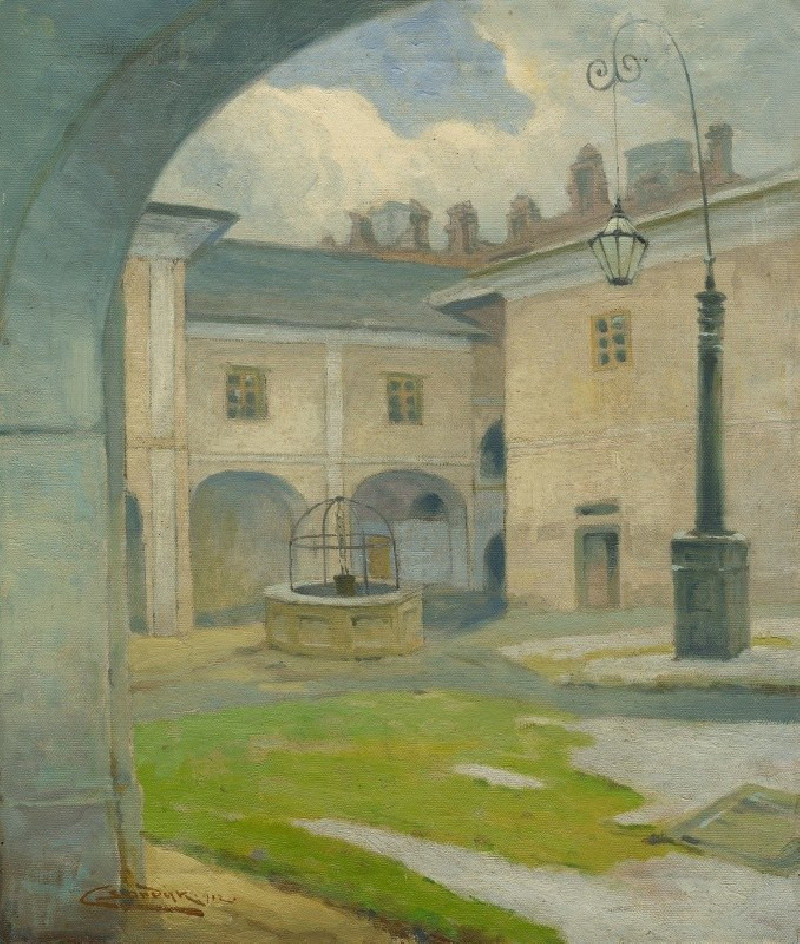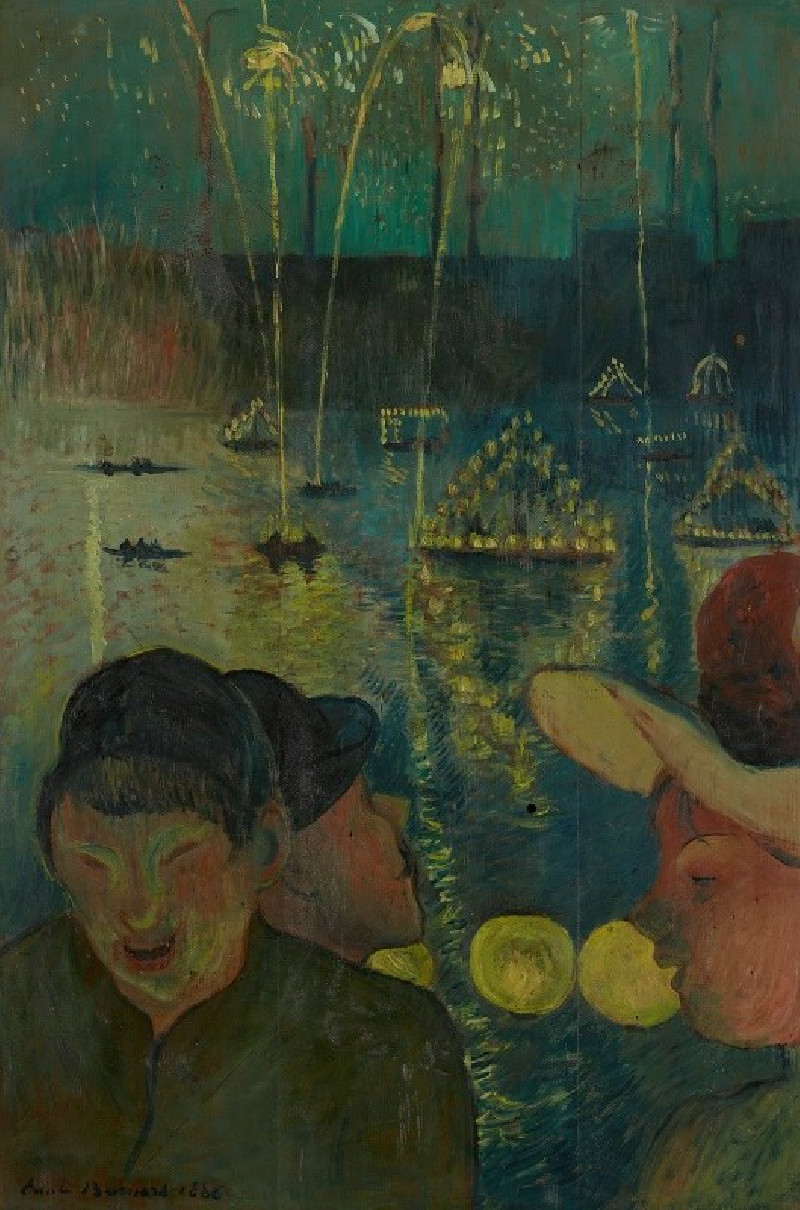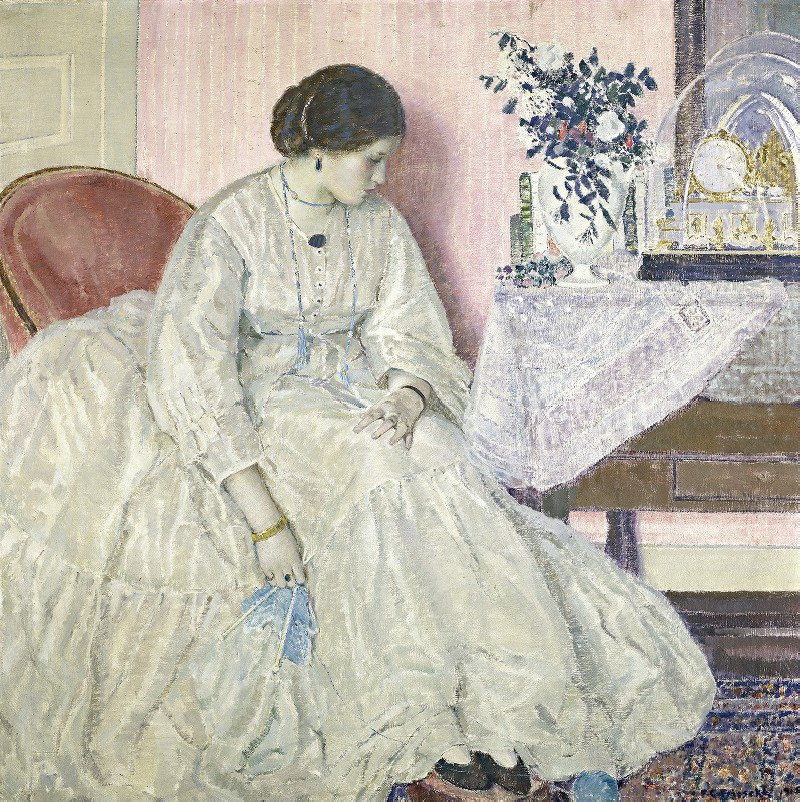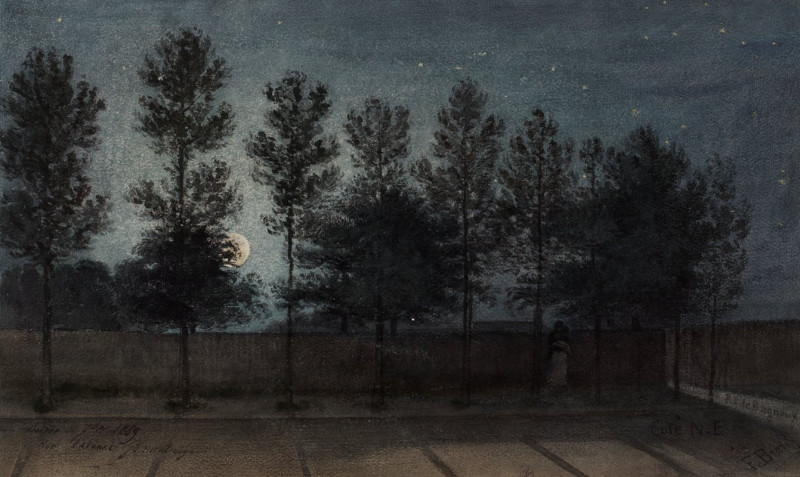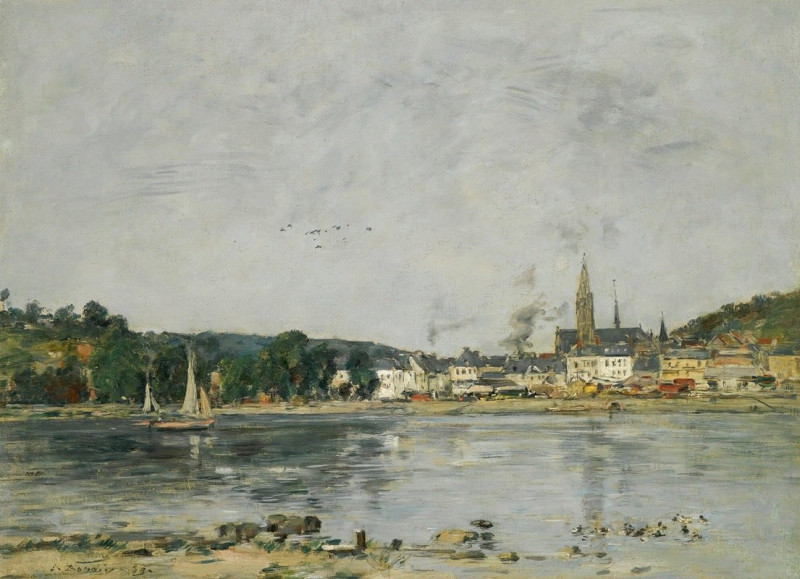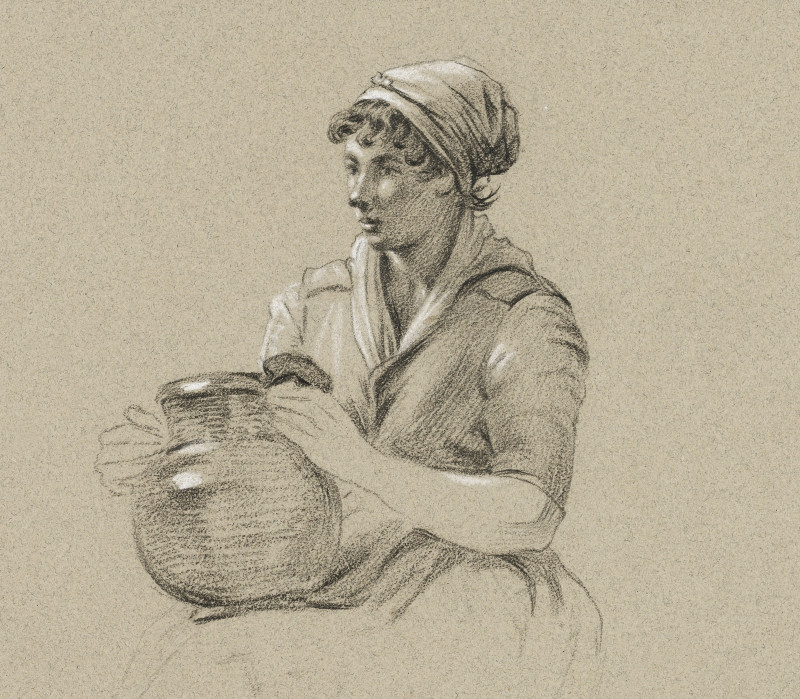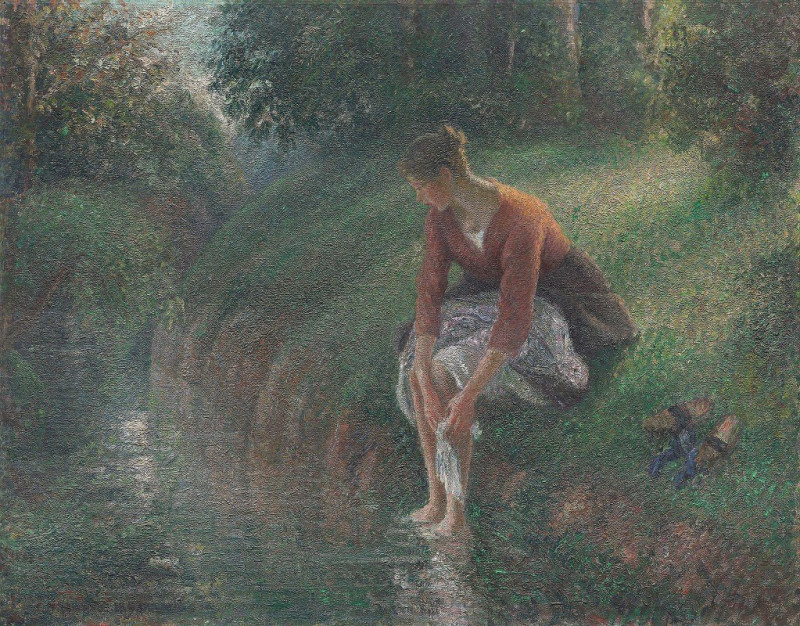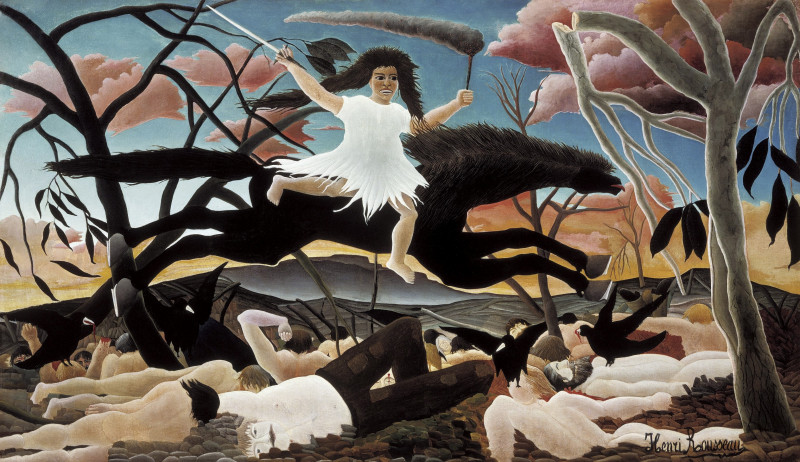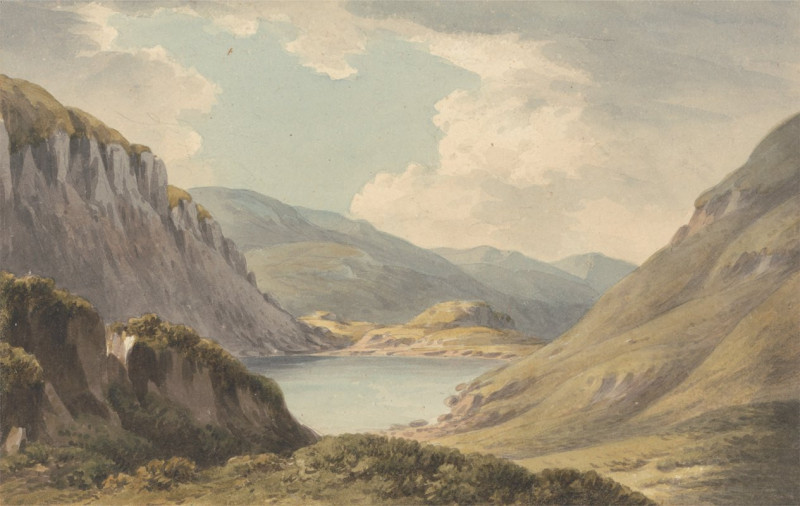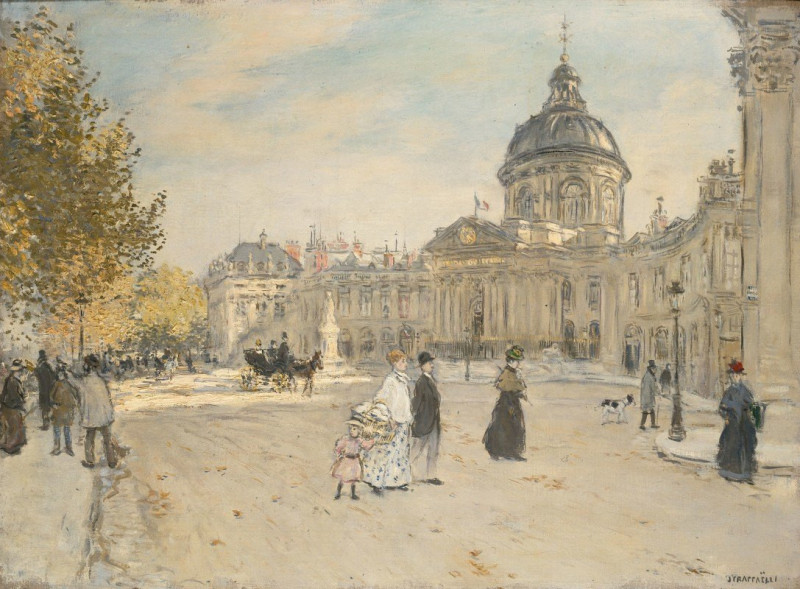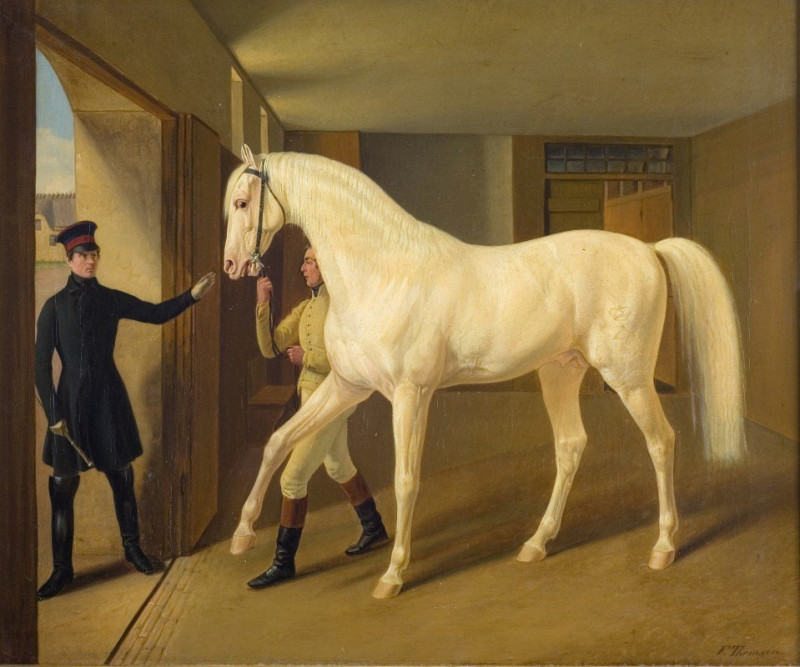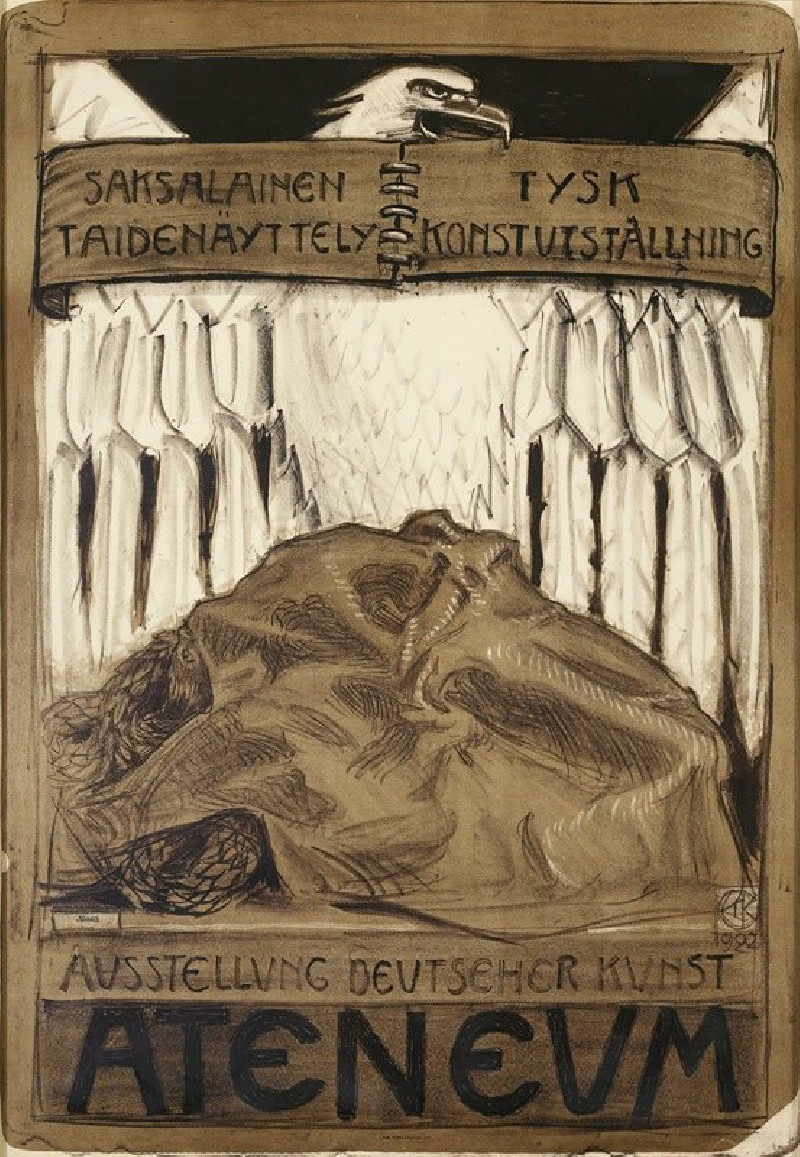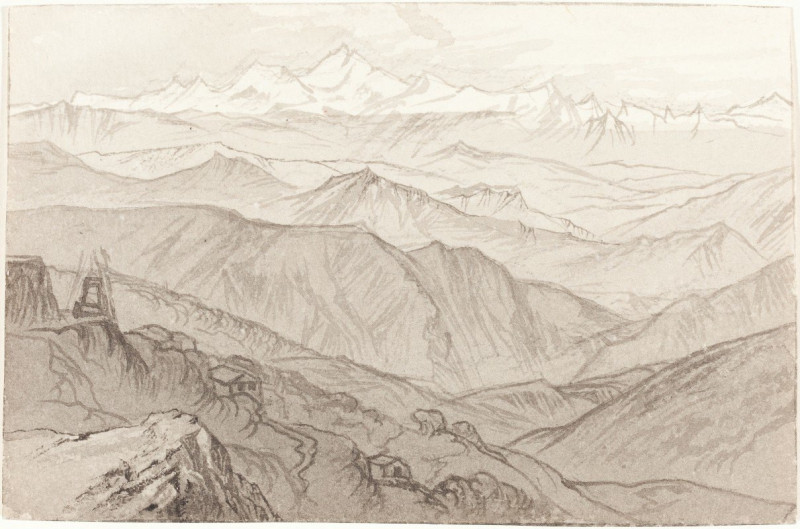The ruins of Slane Castle (1902–1903)
Technique: Giclée quality print
Recommended by our customers
More about this artwork
Artist: Ľudovít Čordák"The Ruins of Slane Castle" by Ľudovít Čordák presents a poignant scene suffused with history and natural beauty. Clad in light and shadow, the castle ruins perch atop a lush green hill, embodying a tapestry of lore and the quiet decay of time. This masterpiece crafted between 1902 and 1903, seamlessly blends the grandeur of historical structures with the soft, wild embrace of nature.In the painting, Slane Castle's remnants with its fortress-like tower and crumbled walls tell a story of its bygone days. Standing resolute under a dynamic sky of shifting clouds, the castle seems to whisper tales of the past to the vibrant, unyielding flora that has claimed the hill. Čordák's brushwork imbues the landscape with a sense of life and movement, the greens of the foliage popping against the earthen tones of the ruins.A masterful execution of light and color, Čordák offers viewers an intimate experience of Slane's historical beauty, while inviting contemplation of nature's role in reclaiming what man has built.
Delivery
Returns
Ludwig Deutsch was an Austrian painter who settled in Paris and became a noted Orientalist artist.
Details of Ludwig Deutsch's life are obscure. He was born in Vienna in 1855 into a well-established Jewish family. His father Ignaz Deutsch was a financier at the Austrian court. He studied at the Vienna Academy of Fine Arts 1872–1875, then, in 1878, moved to Paris where he became strongly associated with Orientalism.

